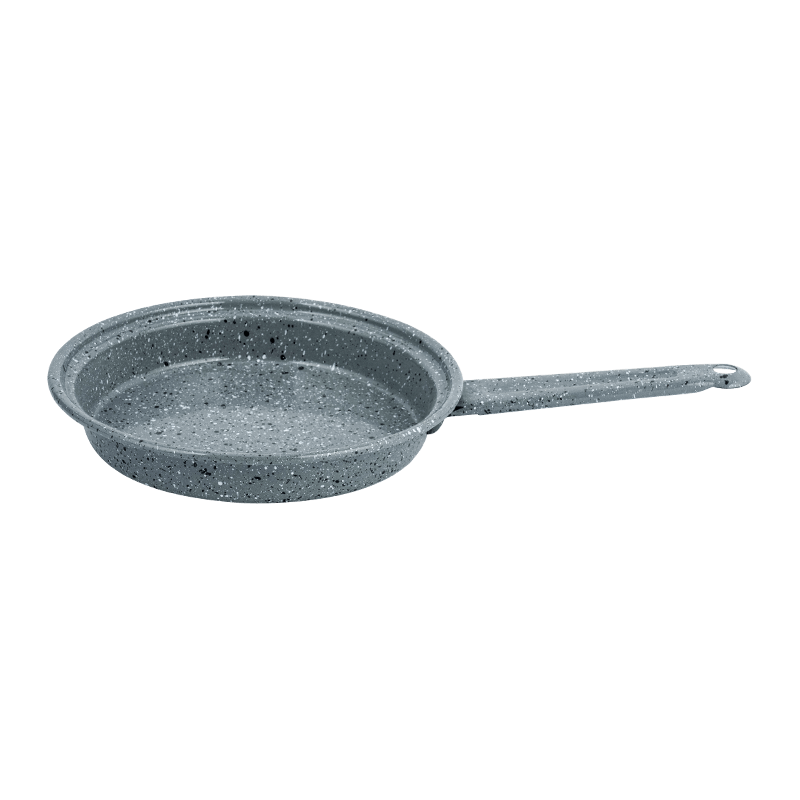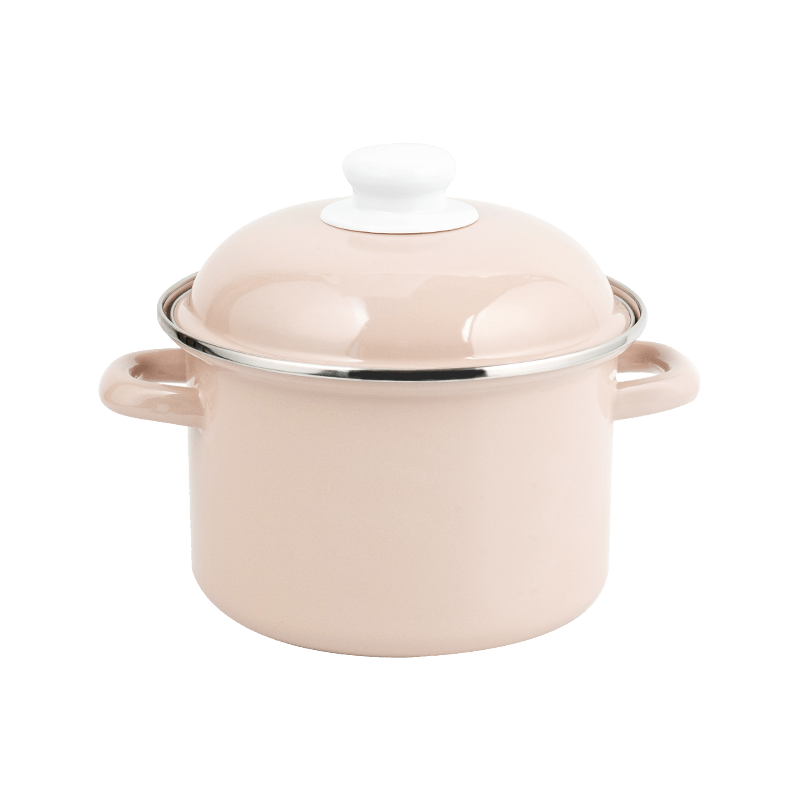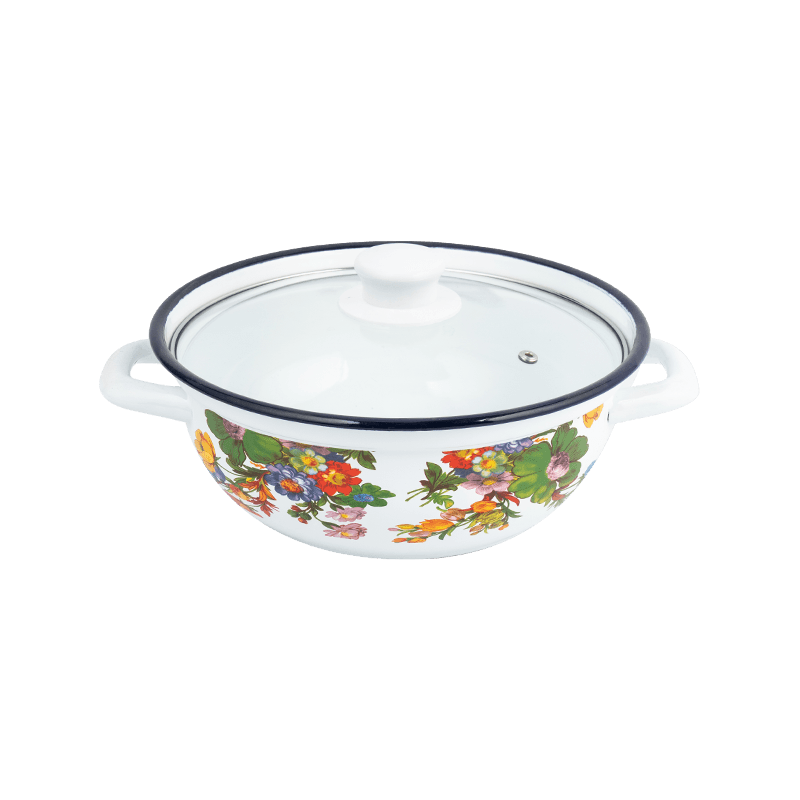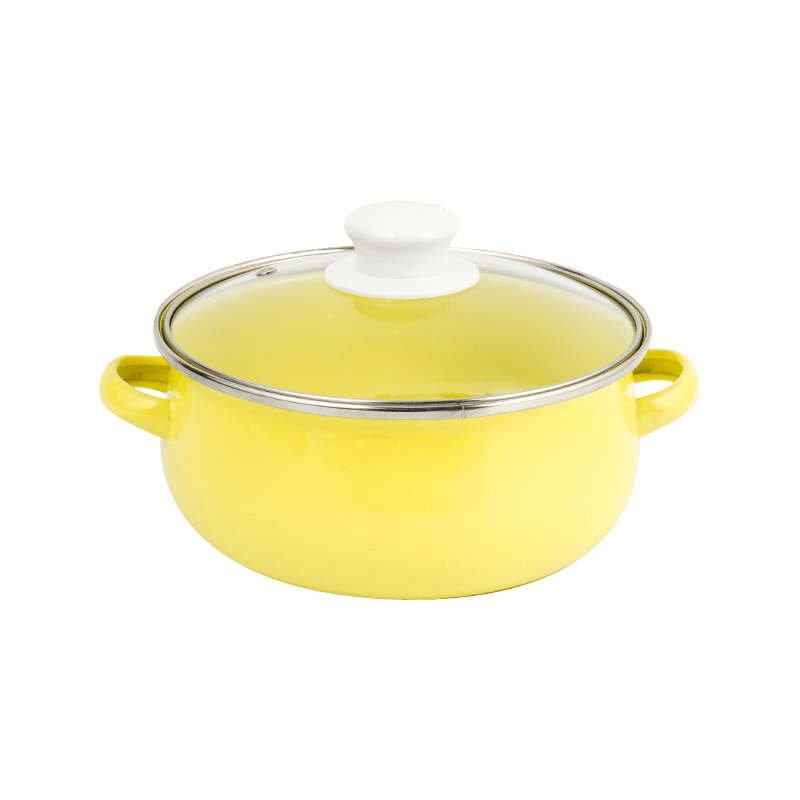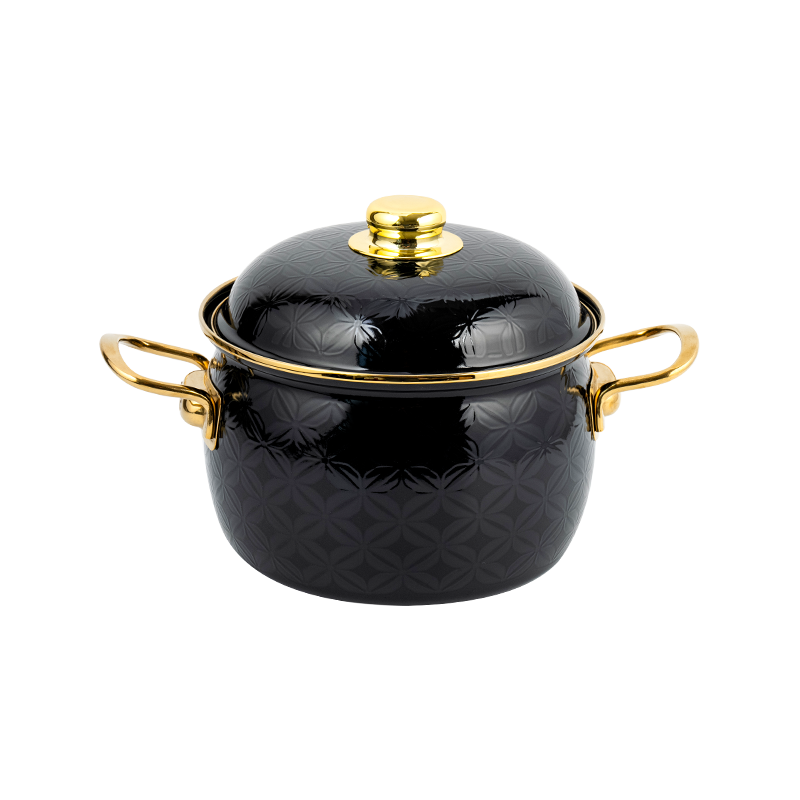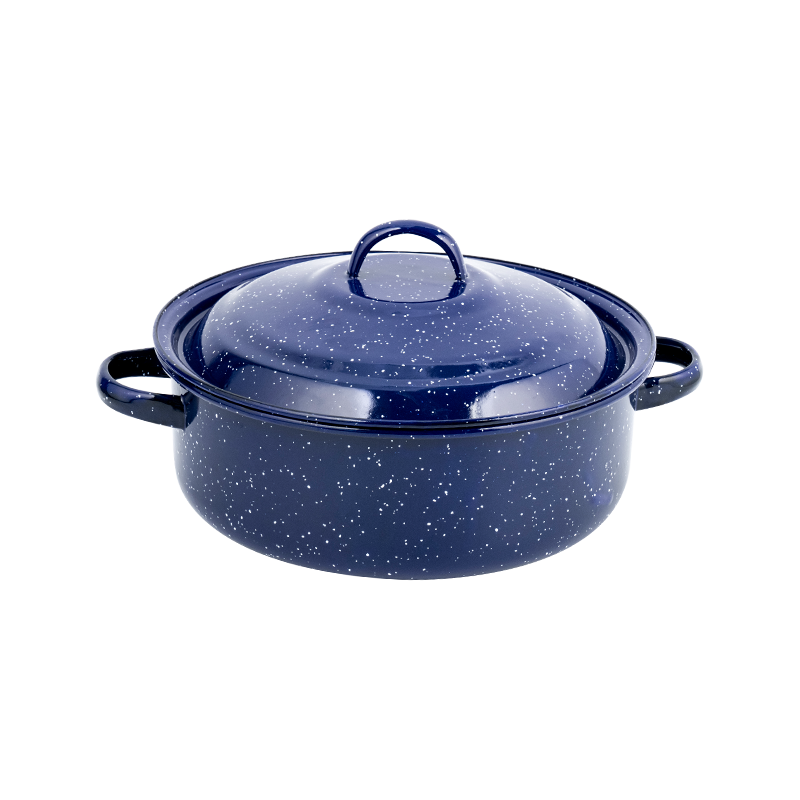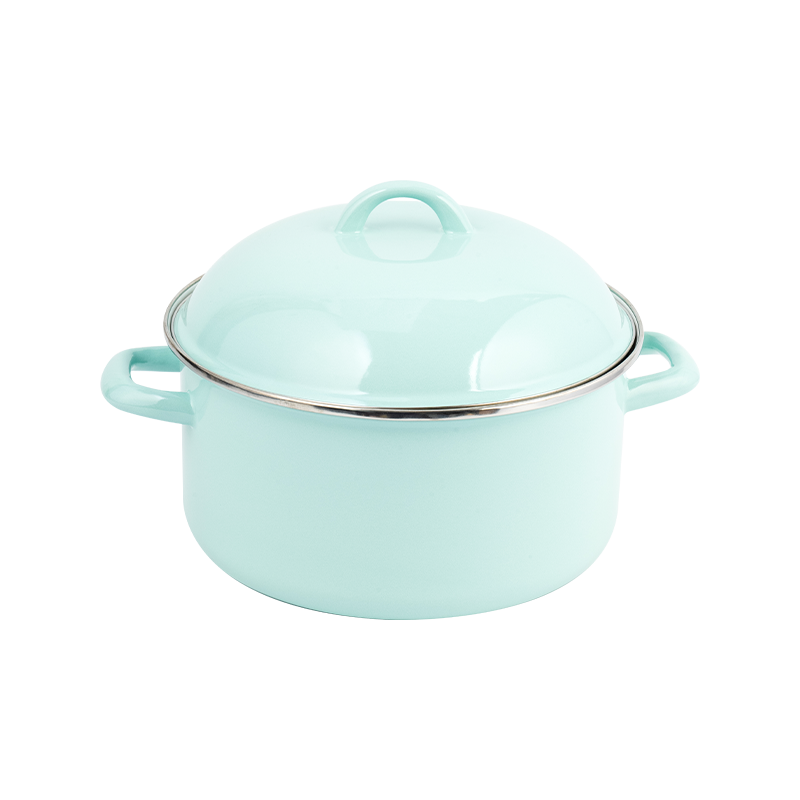Core Advantages of the Double Handle Enamel Pot
-
Superior Heat Distribution and Retention: The cast iron core common to quality Double Handle Enamel Pots absorbs heat effectively from the burner, distributing it evenly across the base and lower sides. This minimizes hot spots, crucial for delicate sauces, slow simmering, and braising where consistent temperature prevents burning. Furthermore, the material holds heat exceptionally well, keeping food warm for extended periods after removal from the heat source.
-
Non-Reactive Cooking Surface: The vitreous enamel coating fused to the cast iron creates an inert, non-porous barrier. This prevents the pot from reacting with acidic ingredients like tomatoes, wine, vinegar, or citrus juices, which can cause metallic tastes in reactive metals like plain cast iron or aluminum and potentially discolor the food or the cookware itself. This makes the Double Handle Enamel Pot ideal for preparing a wide range of dishes without flavor interference.
-
Durability and Longevity: Properly cared for, a Double Handle Enamel Pot offers significant durability. The enamel coating is resistant to scratches from metal utensils (though care is still advised), chipping (if not subjected to severe impact), and does not rust like untreated cast iron. The underlying cast iron construction is inherently robust and long-lasting.
-
Enhanced Safety and Maneuverability: The defining feature – the double handles – provides significant ergonomic and safety benefits:
-
Secure Lifting: Two handles allow for balanced, two-handed lifting, essential when the pot is full of heavy liquids (soups, stocks, braises) or dense food. This reduces the risk of spills, burns, or strain compared to single-handled pots of similar size and weight.
-
Oven Safety: Unlike pots with plastic or wood components, the all-metal (cast iron and enamel) construction of a Double Handle Enamel Pot with metal handles is typically oven-safe to high temperatures (confirm specific product ratings), facilitating seamless stovetop-to-oven cooking for dishes like stews, pot roasts, or bread.
-
-
Versatility: A Double Handle Enamel Pot excels at tasks requiring consistent, gentle heat over longer periods: slow simmering stocks and soups, braising meats, stewing, boiling pasta, cooking grains like rice or polenta, and preparing large batches of sauces. Its oven compatibility further extends its use.
Comparison Considerations
-
Vs. Stainless Steel: While stainless steel is durable and non-reactive, it generally has poorer heat retention and distribution than enameled cast iron unless it incorporates a thick, bonded core (which increases cost). Stainless steel pots often have a single long handle and a smaller helper handle, which may not offer the same secure two-handed grip for very heavy loads as dual full handles.
-
Vs. Traditional Cast Iron: Uncoated cast iron shares the excellent heat properties but requires seasoning to maintain its non-stick properties and prevent rust. It is highly reactive to acidic foods unless exceptionally well-seasoned. Enamel eliminates the seasoning requirement and reactivity issues. Traditional cast iron often features a single long handle and a helper handle.
-
Vs. Non-Stick Coatings: Non-stick coatings excel at easy food release for delicate items like eggs or fish but are generally less durable, prone to scratching, and degrade over time, especially under high heat. They rarely offer the heat retention or oven-safe versatility (especially at high temperatures) of a Double Handle Enamel Pot. Non-stick pots typically feature helper handles, not dual full handles.
-
Vs. Aluminum: Aluminum is lightweight and heats quickly but can react strongly with acidic foods and is prone to warping and denting. Anodized aluminum addresses reactivity but doesn't match the heat retention of cast iron. Aluminum pots usually have helper handles.
Key Considerations for Use
-
Weight: Enameled cast iron is inherently heavy. The double handles mitigate this for lifting, but the overall weight is a factor during storage and cleaning.
-
Enamel Care: While durable, the enamel surface can chip if struck hard against another surface (e.g., a sink or faucet). Using wooden, silicone, or nylon utensils is recommended to prevent scratching. Avoid extreme thermal shock (e.g., placing a very hot pot directly into cold water).
-
Cleaning: Hand washing is generally recommended to preserve the enamel finish over the long term, although many are technically dishwasher safe. Staining can occur but does not typically affect performance.
The Double Handle Enamel Pot offers a unique combination of even heat distribution, superior heat retention, a non-reactive cooking surface, inherent durability, and exceptional versatility for slow-cooking methods and large-volume preparations. Its defining double handles provide crucial safety and stability advantages when handling heavy contents, a significant ergonomic benefit over many alternatives. While its weight requires consideration, and care must be taken to avoid chipping the enamel, its performance characteristics make it a highly functional and durable choice for specific culinary tasks, particularly braising, stewing, simmering, and oven-to-table cooking. Evaluating cooking needs and priorities will determine if this cookware aligns with specific kitchen requirements.

 English
English 中文简体
中文简体




